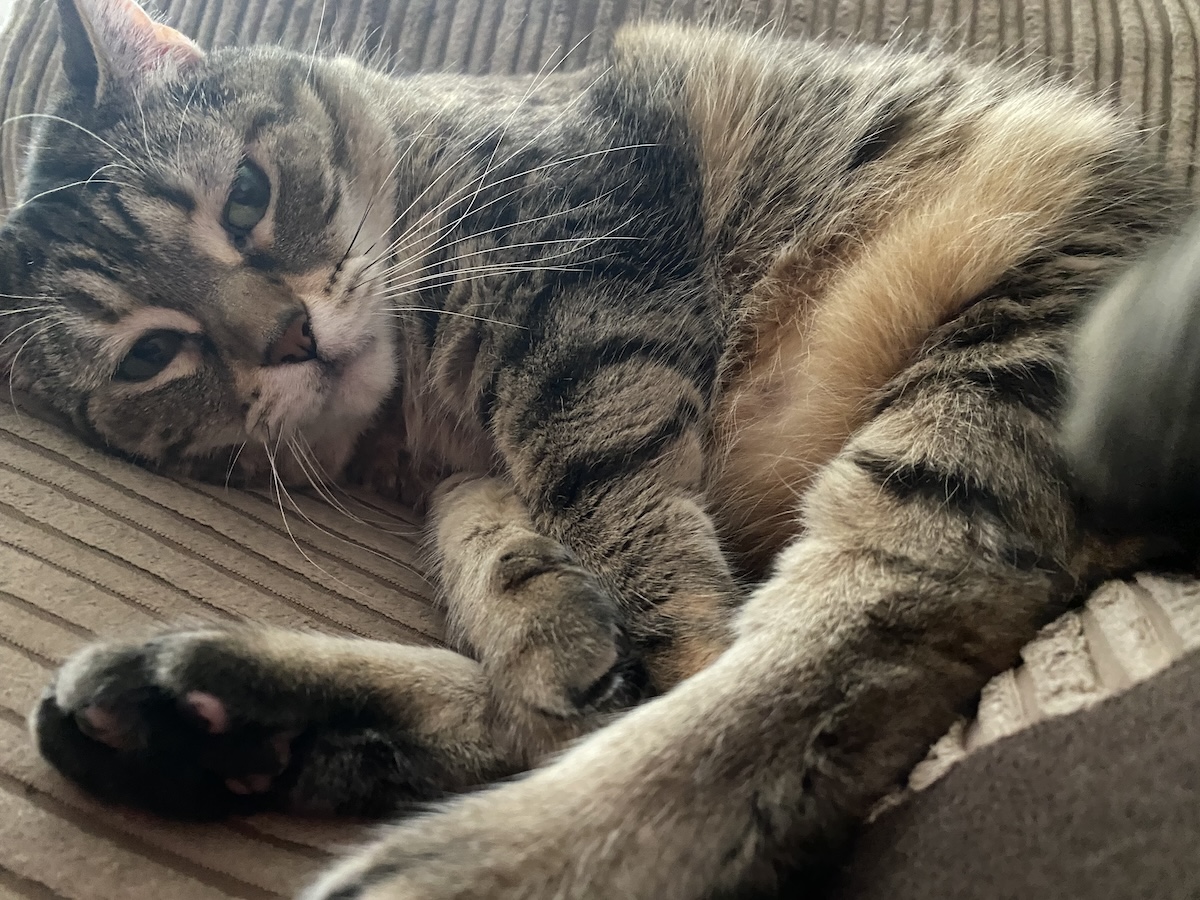It’s a question that concerned cat owners may ask: Why does my cat walk like they’re drunk? There are many possible reasons for this, and we will discuss some of them below. Cats can become unsteady on their feet because of their age or an injury or illness.
If your cat has suddenly started walking strangely, it’s important to take them to the vet to rule out any health problems. In the meantime, here are some of the most common reasons why cats walk like they’re drunk.

Possible Reasons Your Cat is Walking Like They’re Drunk
1. Age
As cats get older, they can sometimes become unsteady on their feet. This is usually due to arthritis or other age-related health problems.
Prevention
There is no way to prevent age-related health problems, but many of them can be treated or managed with the help of your veterinarian. You can ensure your cat is comfortable by providing them with a warm bed and plenty of cushions.
If you have an older cat, feed them a healthy diet, give them plenty of attention, and take them to yearly vet checkups to spot issues before they become more significant problems.
Treatment
If your cat is in pain, your vet may prescribe medication to help them.
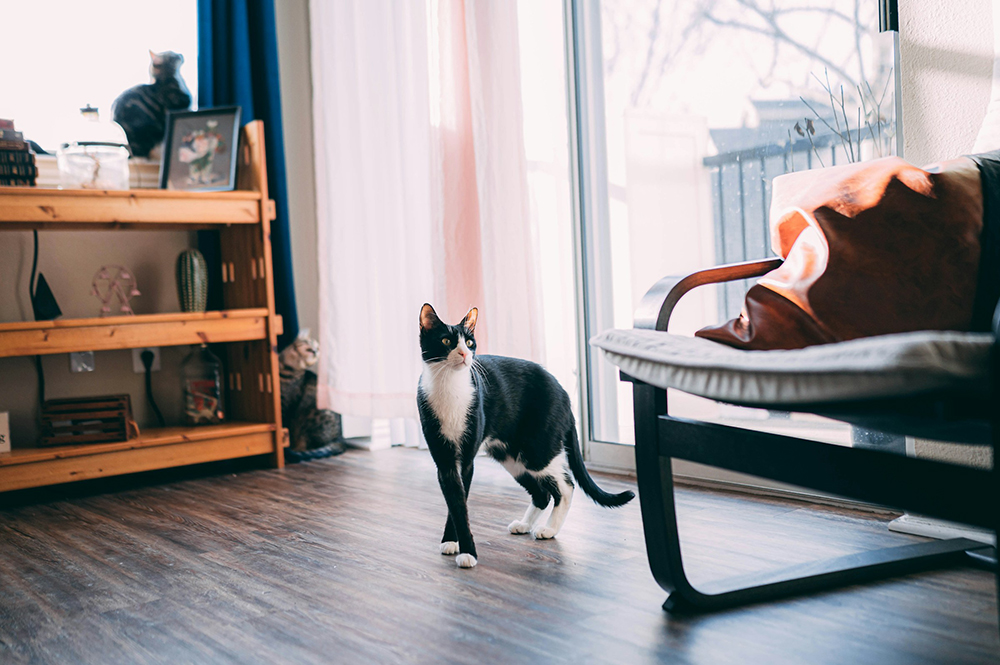
2. Injury
If your cat has had an injury, it could affect their balance and make them walk strangely. This is especially common if they have injured their back or legs.
Prevention
You can help prevent injuries by keeping your cat indoors at dawn and dusk and providing plenty of toys, scratching posts, and stimulation.
Treatment
If your cat has had an injury, they must see a vet for treatment. This may involve rest, physiotherapy, or surgery.
3. Illness
Several illnesses can cause a cat to walk strangely, including vestibular disease, infectious disease, kidney disease, and diabetes.
Prevention
Vaccinating, deworming, eliminating fleas on your cat, and taking them for regular check-ups will help prevent some illnesses. It will also allow other illnesses to be detected sooner when there are more treatment options.
Treatment
If your cat is ill, they must see a vet for treatment. This may involve medication, special diets, or hospitalization.

4. Medication
Some medications can cause side effects that make a cat walk unsteadily. If your cat is on medication, talk to your vet about whether it could cause the problem.
Prevention
There is no way to prevent side effects from medication, but you can talk to your vet about whether there are any alternatives. This is more commonly seen with anti-anxiety medications.
Treatment
If your cat has side effects from their medication, they need to see a vet for treatment. It can involve changing their dose or switching to a different drug, but don’t do it without discussing it first with your veterinarian.
5. Stress
Cats can sometimes walk strangely when they are stressed or anxious. If your cat is experiencing stress, you may need to provide them with more environmental enrichment (such as toys, climbing structures, and hiding places).
Prevention
You can help prevent stress by providing your cat with a comfortable home and plenty of attention.
Treatment
If your cat is stressed, you may need to provide them with more environmental enrichment (such as toys, climbing structures, and hiding places). You can also talk to your vet about whether any medications could help. They might include anti-anxiety medication or pheromone therapy.
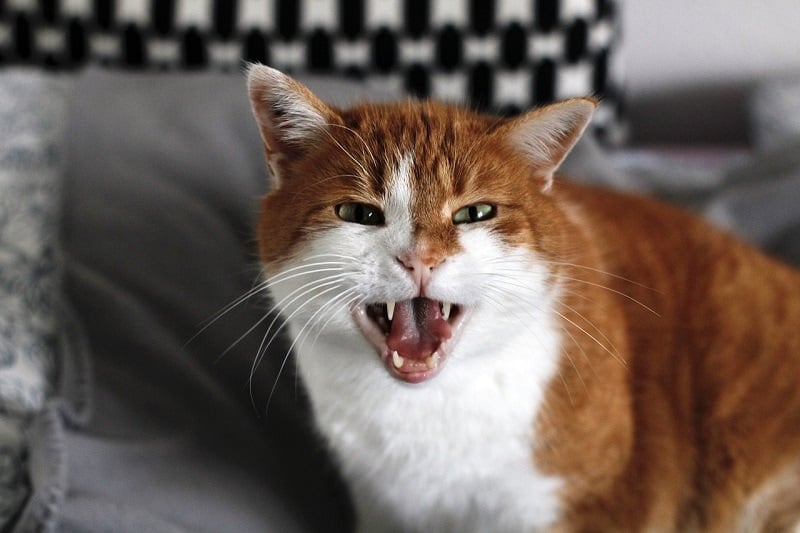
6. Obesity
Obesity can also lead to balance problems in cats, and you can talk to your vet about a weight-loss plan if your cat is overweight.
Prevention
You can prevent obesity by feeding your cat a healthy diet and giving them plenty of exercise.
Treatment
If your cat is obese, they need a weight-loss plan and a full examination by your vet.
7. Poor Vision
If a cat’s vision is poor, they may hobble as they try to navigate their environment. This is more common in older cats.
Prevention
There is no way to prevent poor vision, but you can make sure your cat’s environment is safe and easy to navigate, especially as they age. Avoid making changes to the layout of the environment.
Treatment
If your cat has poor vision, they need to see a vet for treatment. This may involve medication, special diets, or surgery.
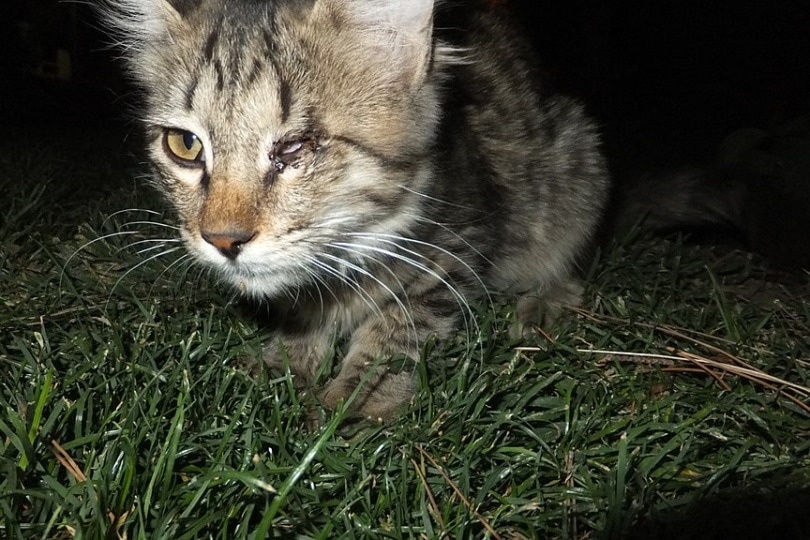
8. Inner Ear Problems
Problems with the inner ear can cause a cat to walk unsteadily and fall over, usually due to an infection or inflammation.
Prevention
There is no way to prevent inner ear problems, but you can talk to your vet about the treatment options.
Treatment
If your cat has inner ear problems, they must see a vet for treatment. This may involve antibiotics, anti-inflammatories, or surgery.
9. Neurological Problems
Neurological problems can also cause a cat to walk unsteadily. This could be due to a brain tumor, stroke, or other condition.
Prevention
There is no way to prevent neurological problems. Be vigilant for changes in your cat’s behavior and health, and consult your vet.
Treatment
If your cat has neurological problems, they need to see a vet for treatment. This may involve medication, special diets, or surgery.
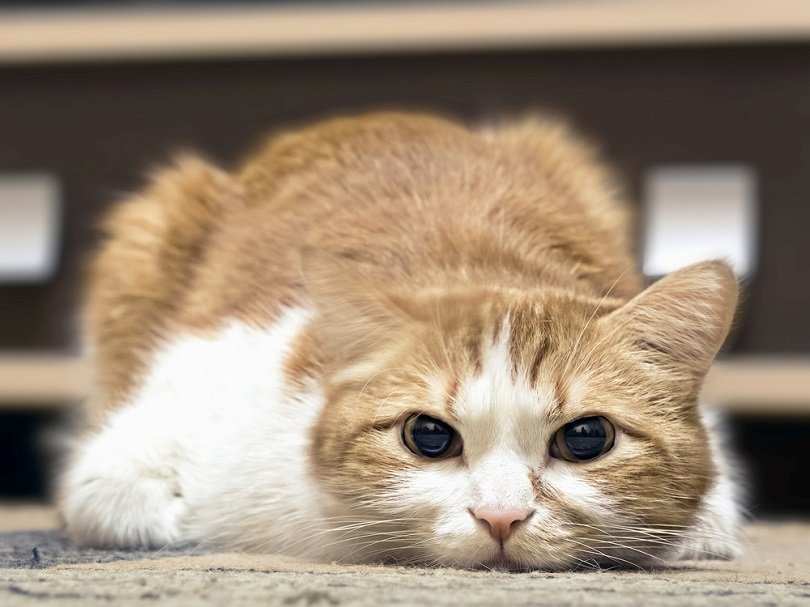
10. Pain
Finally, pain can also make a cat walk oddly. If your cat is in pain, they may walk hunched over or be reluctant to move. If you think your cat is in pain, talk to your vet about possible treatment options.
Prevention
There is no way to prevent pain per se, but you can talk to your vet about methods to manage it.
Treatment
If your cat is in pain, they must see a vet for treatment. This may involve medication, special diets, or surgery.
Medical Conditions: A Closer Look
A Word About Idiopathic Vestibular Disease in Cats
One of the most common illnesses that cause cats to walk like they’re drunk is idiopathic vestibular disease. Idiopathic vestibular disease is a condition that can cause a cat to walk like they’re drunk. However, the exact cause is unknown.
If your cat has this condition, they must see a vet for treatment, which can involve medication or a wait-it-out approach. It is treated on a case-by-case basis, but care typically includes supportive therapy to help the cat recover from the episodes. With proper treatment, most cats fully recover within a few weeks.
A Word About Ataxia in Cats
Ataxia is a word that describes uncoordinated body movements. You may hear your vet describe your wobbly cat as ataxic or having ataxia. It is not an illness but a description of a symptom. If your cat has ataxia, they will need to see a vet to investigate the underlying cause and treatment.
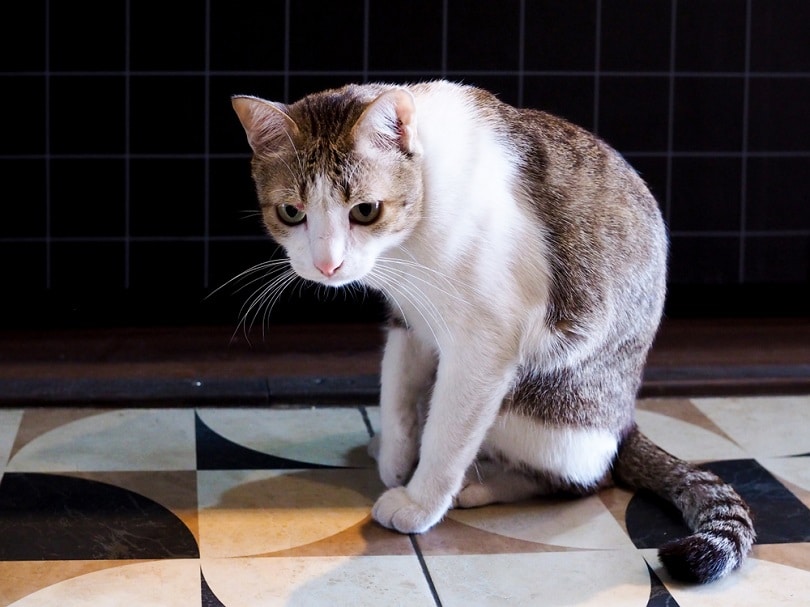
A Word About Paw Care
Caring for a cat’s paws is integral to maintaining their health and happiness. If you notice your cat is walking oddly, it’s essential to take them to the vet for an evaluation, but in the meantime, you can help by ensuring their nails are trimmed and their paws are clean and free of debris.
Are Certain Breeds More Likely To Walk Like They’re Drunk?
While any cat can develop the conditions listed above, some breeds are more prone to them. For example, Siamese cats are more likely to have neurological problems, while Ragdolls are more likely to be obese. If you’re concerned about your cat’s health, talk to your vet about which breed-specific conditions you should be on the lookout for.
When to See Your Vet
It’s important to see a vet if your cat starts walking like they’re drunk and you can’t figure out a cause, especially if it’s combined with other symptoms, including:
- Not eating or drinking
- Lethargy
- Vomiting
- Diarrhea
- Fever
- Inconsolable crying or meowing
- Inability to urinate or defecate
- Any sudden change in behavior
If you notice any of these signs, it’s important to take your cat to the vet so that they can rule out any severe medical conditions.
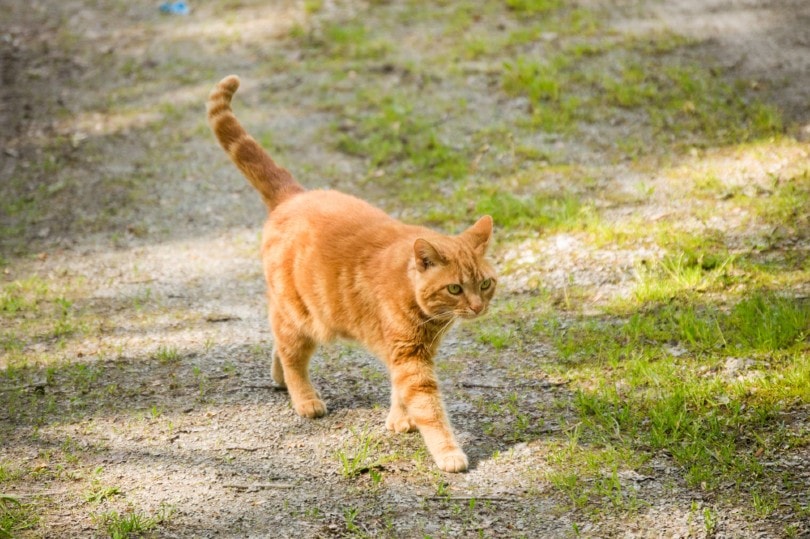
Conclusion
If your cat is walking like they’re drunk, it’s essential to take them to the vet so that any underlying health problems can be treated. However, you can do many things to help your cat feel more comfortable and reduce their stress levels. Talk to your vet about what might be best for your cat. Thanks for reading!
See also:
- What Is a Digitigrade? Cat Locomotion Explained by Our Vet
- Feline Direct Registering: What It Is & Why Do Cats Do It
Featured Image Credit: lagunabluemolly, Pixabay
Contents
- Possible Reasons Your Cat is Walking Like They’re Drunk
- 1. Age
- 2. Injury
- 3. Illness
- 4. Medication
- 5. Stress
- 6. Obesity
- 7. Poor Vision
- 8. Inner Ear Problems
- 9. Neurological Problems
- 10. Pain
- Medical Conditions: A Closer Look
- Are Certain Breeds More Likely To Walk Like They’re Drunk?
- When to See Your Vet
- Conclusion










